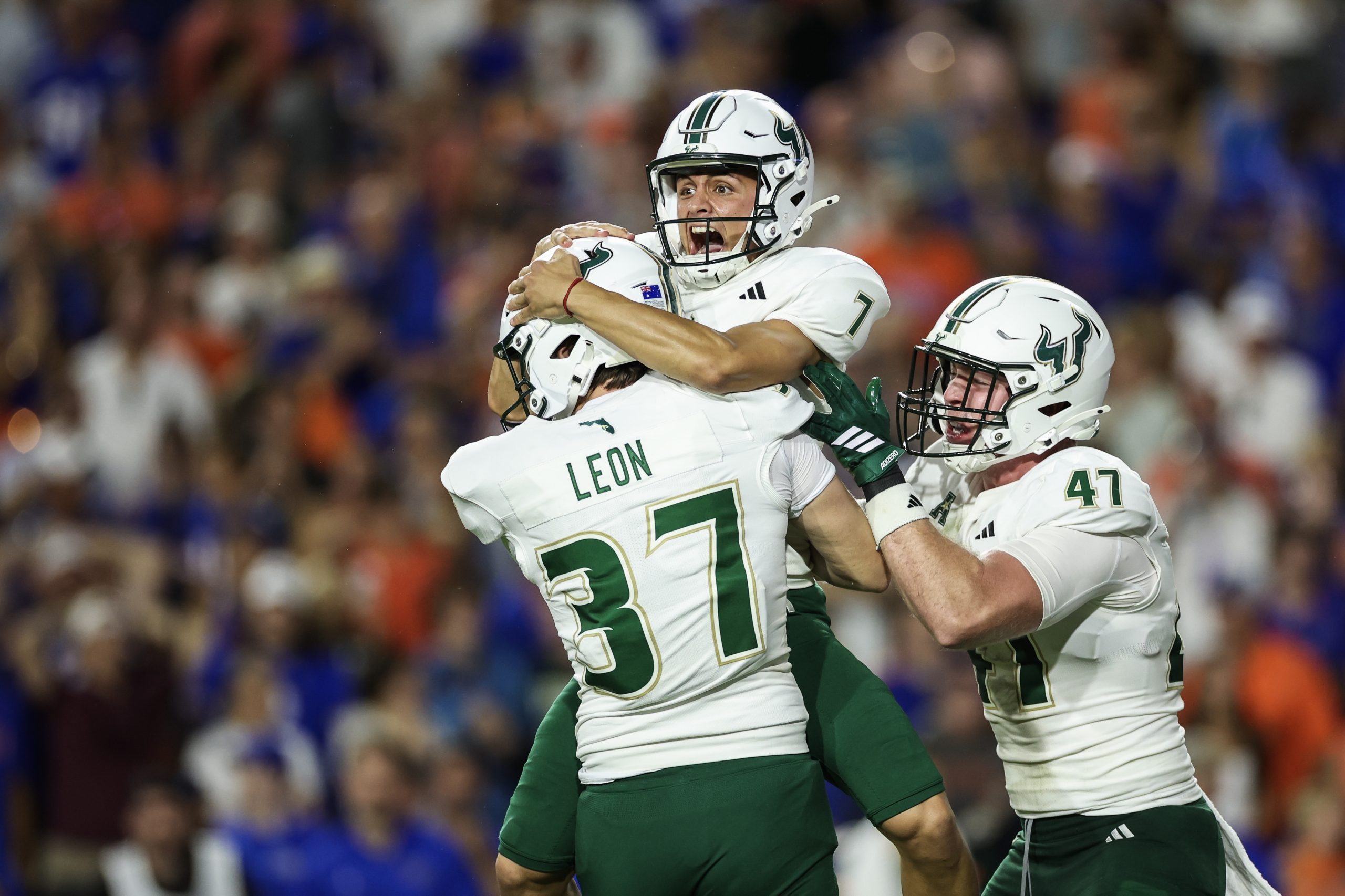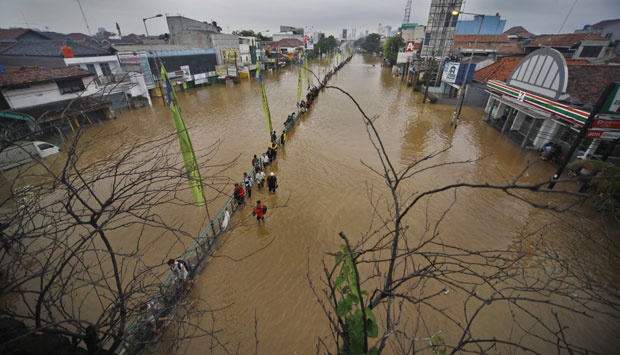By Ian Miller
Copyright outkick

The Associated Press Top 25 poll carries an enormous amount of influence in college football. The preseason rankings, for example, impact the entirety of the season, even though they’re often based on inaccurate assumptions. Strength of schedule and rankings matter more in college football than they do in any sport, and though the College Football Playoff poll is what determines the playoff field, that poll too is undoubtedly influenced by the AP poll results. These are obvious truths. It stands to reason then, that the AP Poll would be carefully managed, with consistent standards, rankings, clearly defined metrics and criteria, and highly-involved voters. It’s the exact opposite. And it’s a serious problem, especially in an era where strength of schedule arguably means more than ever. RELATED: SEC Apologists Already Using AP Preseason Poll To Sell Biased, Inaccurate Arguments This problem came to a head this week, as AP voter Haley Sawyer accidentally revealed what a trainwreck these rankings have become. Sawyer, who is considered the poll’s “USC” voter by virtue of working for the Southern California News Group, actually moved the Florida Gators up two spots to No. 14, while omitting USF, despite USF beating the Gators in The Swamp. When asked about it, she gave an unsatisfactory response: “What can they do to get in my Top 25? We take in account the week-to-week performances for a team but also take into account the overall season so far, what kind of culture that team has too,” she said. “And, there’s tons of people that vote on the AP Poll, it’s not a perfect system but at the end of the day no matter who you pick it does even out because there’s so many people who vote. Like I said, it’s really fun for discussion, it doesn’t probably matter in the end, but I’m glad that people are having a really good time with it.” That’s not good enough. But the problems go far deeper than just one voter. AP Poll’s Inconsistencies Are A Huge Problem One of the best examples of how the AP Poll can create inaccurate narratives that persist throughout the season might be the ACC’s Clemson Tigers and the SEC’s LSU Tigers. For whatever reason, human voters thought that the 2025 Clemson team would be one of the country’s best. In the preseason poll, the Tigers ranked No. 4, behind just Texas, Penn State and Ohio State. Ranking systems that used efficiencies, recruiting, and returning production to create their lists were much less optimistic, however. As a few examples, ESPN’s SP+ had Clemson at 10th. FEI, another analytics-based system, had Clemson 12th. FPI, another ESPN model, had the Tigers 16th. No “objective” system had Clemson 4th. But because human voters, suckered in by preseason hype, narratives, and a fascination with Cade Klubnik, ranked them that high, LSU’s win in Death Valley moved the SEC Tigers way up. LSU moved all the way up from No. 9 to No. 3, and even an ugly, unimpressive 23-7 win over Louisiana Tech didn’t prevent them from retaining that spot, or from getting two first place votes. So because AP Poll voters overrated Clemson, LSU’s win, instead of being over say, a team ranked No. 12-15, is rated as a win over a top-5 team. Now LSU’s ranking will influence narratives for the rest of the season around strength of schedule. It’s also useful to compare LSU’s human ranking to the objective, offensive and defensive efficiency-based ranking systems. The Tigers rank No. 11 in FEI. They’re No. 22 in SP+, and No. 22 in FPI. Why? Because they haven’t actually played that well, even adjusted for opponent. Yes, they’ve won, but they’ve done it while being mostly inefficient, relative to how elite teams would perform against those opponents. There’s similar problems with other ranked teams, and unranked teams. The USC Trojans might be the most egregious miss. Yes, they’ve played two very bad teams in Missouri State and Georgia Southern. But the scale of their wins in those games, even relative to expectations for an elite team, has been impressive. Here’s where SC ranks in objective systems: That’s how good the Trojans have been through the first few weeks, even after adjusting for the weak schedule. But human voters are slow to pick up on this type of dominance against overmatched teams. So SC is 31st in the AP Poll, behind ASU, BYU, Georgia Tech, and Florida. Not only does this impact USC, but it impacts their opponents. Let’s say USC blows out Purdue and Michigan State, remains unranked by voters, but a consensus top-10 team by the metrics. If say, Illinois beats the Trojans in Champaign-Urbana, by the AP’s standards, that won’t count as a “ranked win” or even a particularly impressive one. But in reality, the Fighting Illini would have a win over a top-10 quality football team. It just won’t count. By the way, ASU is another example of overrated preseason polls. Most computer systems were skeptical of ASU. But human voters were swept up in the Sun Devils’ playoff appearance and close loss to Texas. So while ASU entered the season at No. 12 and currently sits at No. 26 after the loss to Mississippi State, in SP+, the Sun Devils are way down at No. 51. They’re No. 36 in FEI, and No. 37 in FPI. But because they were ranked high in the AP Preseason Poll, it’s a “quality win” for Mississippi State. There are any number of gigantic discrepancies between how good teams actually are, and how good humans think they are, throughout the poll. And it’s not just these models; the best ranking system in the world is Las Vegas and online gambling sites, and their standings are much closer to metrics like SP+ than the AP. And when you combine that with the fact that an AP Poll voter apparently had no idea what happened in one of the biggest games and upsets of the week and season, it’s clear that it’s not an isolated incident. And it needs to be fixed.



